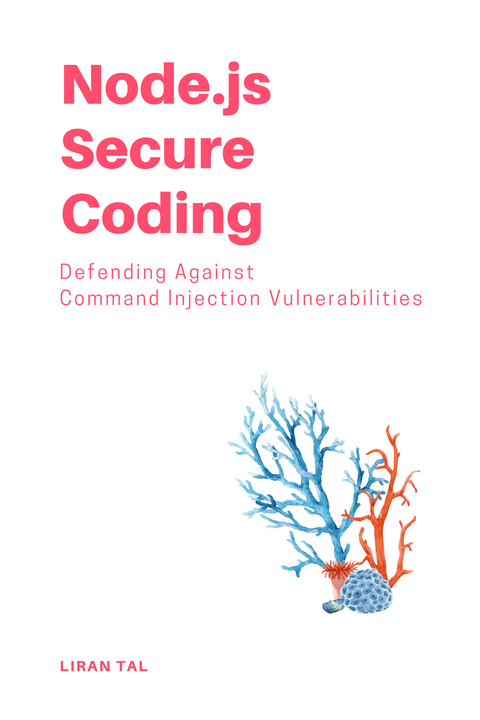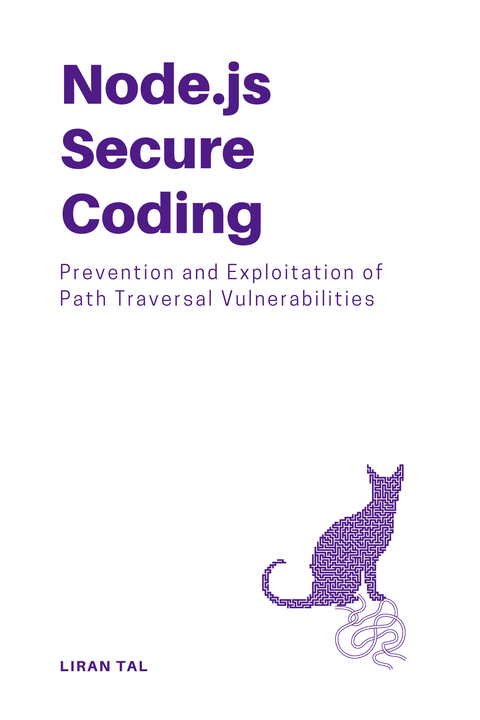~ 4 min read
Secure Code Review Tips to Defend Against Vulnerable Node.js Code

In the ever-evolving landscape of Node.js development, where innovation keeps the runtime growing with new APIs and speed of new npm packages added to the npm registry, code review skills are paramount and can make the difference from a command injection vulnerability being exploited or not.
One crucial aspect should take center stage in code reviews: security. I’m sure you genuinely care about the quality traits of your application’s code, but vulnerabilities can lurk beneath the surface, hiding in insecure coding practices, that you understandably not having the time to keep up with.
In this article, I am hoping to equip you, the Node.js developer, with practical tips for conducting code reviews that specifically target command injection vulnerabilities.
The Secure Code Review Imperative
Code review, the process of scrutinizing and evaluating code to ensure its quality and security, emerges as a formidable shield against such threats. In the realm of Node.js development, where agility is celebrated, code review plays a pivotal role in balancing the need for rapid innovation with the imperative for robust security.
Keeping up with pull request code reviews is difficult enough, but when you add the need to be on the lookout for security vulnerabilities, it can be overwhelming. I may have some good news on that though, stay tuned.
In the time being, it’s vital to recognize code review is essential in identifying security issues early in the development process. It provides an opportunity for peers to evaluate code quality, security, and adherence to Node.js secure coding best practices before the code lands in production.
First time you hear about command injection vulnerabilities? Command injection vulnerabilities, a subset of security risks, pose a significant danger to Node.js applications. They allow malicious actors to inject arbitrary commands into your code, potentially gaining unauthorized access, compromising sensitive data, or executing malicious actions on your server.
In a Code Review process you probably seek to achieve the following fundamental objectives:
- Uncover vulnerabilities, including command injection, before they reach production.
- Improve code quality, maintainability, and overall reliability.
- Ensure adherence to security standards (e.g: cryptographic APIs when handling user passwords) and security best practices.
- A secure code review process fosters knowledge sharing and skill development.
- Diverse perspectives lead to more comprehensive security assessments.
- Encourages open communication within development teams, promoting a culture of continuous improvement.
Identifying Vulnerable Code Patterns
In this pivotal chapter, we’ll dissect common code patterns that can inadvertently introduce command injection vulnerabilities into your Node.js applications. By dissecting these patterns, you’ll gain valuable insights into recognizing and mitigating such risks during code review.
In each example, we’ll provide practical insights into why these patterns are risky and how you can identify and remediate them during your Node.js code review process.
1. String Concatenation in Commands (e.g: Node.js exec)
Code Pattern:
const userInput = req.query.input;const command = `echo ${userInput}`;exec(command, (error, stdout, stderr) => { // Handle the command execution});Why It’s Risky: Using string concatenation directly in commands can allow malicious input to inject additional commands, compromising security.
2. Insufficient Input Validation in Node.js code
Code Pattern:
const filename = req.body.filename;exec(`cat ${filename}`, (error, stdout, stderr) => { // Handle the command execution});Why It’s Risky: Failing to validate user input can permit attackers to manipulate input, executing unauthorized commands.
👋 Just a quick break
I'm Liran Tal and I'm the author of the newest series of expert Node.js Secure Coding books. Check it out and level up your JavaScript
3. Lack of Proper Escaping in Node.js code
Code Pattern:
const userInput = req.query.input;exec(`echo "${userInput}"`, (error, stdout, stderr) => { // Handle the command execution});Why It’s Risky: Inadequate escaping can allow an attacker to break out of the intended context and inject malicious commands.
I should note also here that this way to escape dangerous characters in a command or shell context is generally not advised and isn’t the proper secure code best practice to take.
If you do need to escape user input, at the very least you should use a library that provides a secure way to escape dangerous characters in a command or shell context. For example, the shell-quote library provides a secure way to escape dangerous characters in a command or shell context.
4. Insecure Reliance on Command Line Arguments in Node.js exec function
Code Pattern:
const userRole = getUserRoleFromDatabase();exec(`grantPermission --role=${userRole}`, (error, stdout, stderr) => { // Handle the command execution});Why It’s Risky: Using command line arguments without validation can allow attackers to inject additional commands, compromising security. This pattern is often overlooked, but it can be just as dangerous as the other patterns we’ve discussed.
Hands-on Node.js Secure Coding
As you embark on your journey to fortify your Node.js applications against command injection vulnerabilities, remember that knowledge is your most potent shield.
To dive even deeper into this vital realm of Node.js security, consider arming yourself with the comprehensive insights offered in Node.js Secure Coding: Defending Against Command Injection Vulnerabilities. Get your copy today and fortify your Node.js code against command injection threats. Your code’s security starts here!

